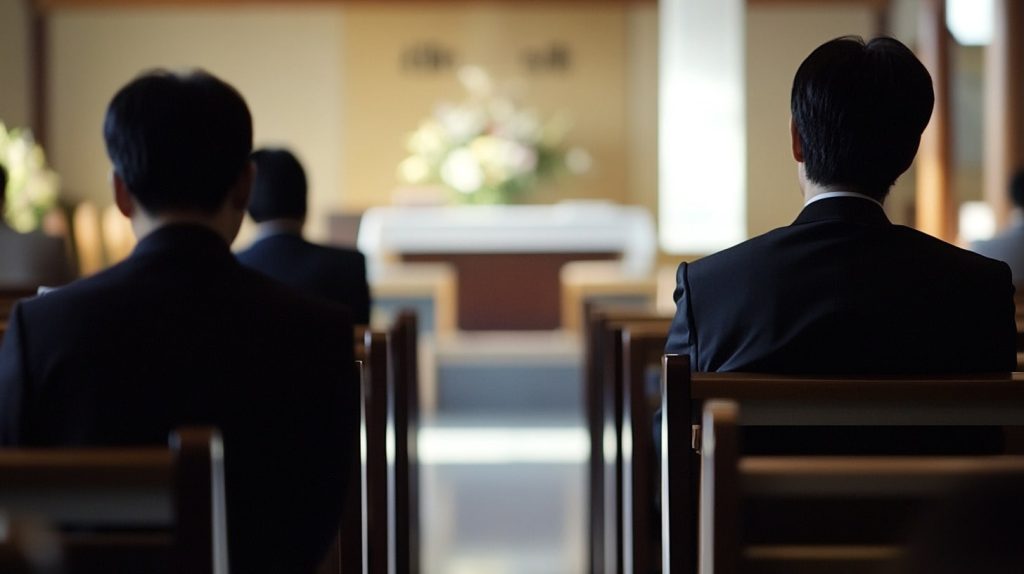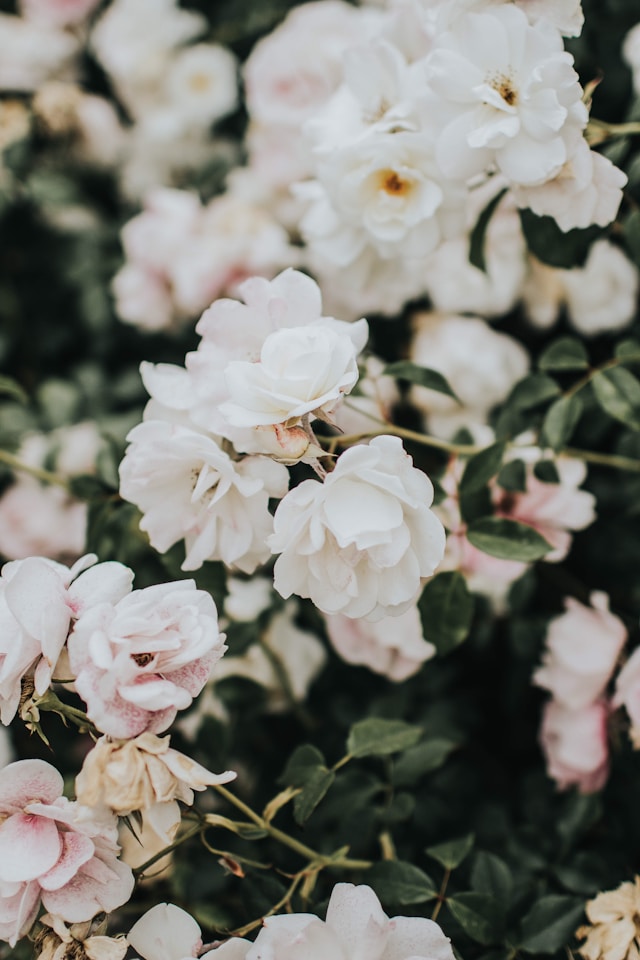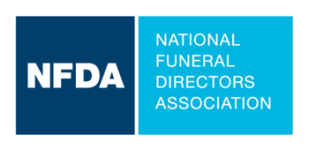What Makes Korean Funerals Unique: An Overview of Traditions

When honoring the deceased, Korean funerals hold unique significance steeped in rich cultural traditions. These practices are not merely rituals but are deeply rooted in respect and remembrance. Understanding the nuances can be enlightening and comforting for families interested in exploring these traditions, particularly in relation to a Korean mortuary in Anaheim, CA.
The Historical Context of Korean Funerals
Korean funerals have evolved over centuries, heavily influenced by Confucian ideals. These traditions prioritize respect for the deceased and the family’s role in preserving honor. A typical Korean funeral is not just a goodbye; it’s a journey designed to facilitate the soul’s transition to the afterlife. The practice begins even before the funeral service, with numerous pre-funeral rituals that can include cleansing the body and dressing it appropriately, standing as a mark of respect.
Traditionally, family members may wear specific attire, such as white garments. White, seen as a color of mourning, symbolizes purity and serves as a stark contrast to the joyful colors of life. These small but meaningful details enrich the ceremony and underline the family’s love and respect for the departed.
Key Elements of the Funeral Ritual
Several critical components define a Korean funeral, creating a framework that guides families through their grieving journey. These include:
- The Wongi Ceremony: Often considered one of the most significant rituals, the Wongi encompasses lights and incense burning to direct the soul towards peace and comfort.
- The Bisham Ceremony: This is performed during specific moments of the funeral. Incense, food offerings, and gentle melodies fill the air, all aimed at easing the spirit’s transition.
- The Gojik Ceremony: Commonly held on the final day, which can last three days, family members gather for one last homage, concluding the mourning period. Here, attendees often share their favorite memories, reinforcing the familial bond and highlighting the legacy left behind.
Mourning Period and Cultural Significance
After the funeral, a prescribed mourning period can last from one to three years, depending on the relationship with the deceased. While modern Korean families may adapt the practices to suit current lifestyles, the essence of these customs remains an intimate part of the grieving process. The period gives family members a chance to reflect, honor their loved ones, and reunite with each other, whether through communal meals or remembrance gatherings.
How Modern Interpretations Embrace Tradition
In contemporary contexts, many Korean families integrate Western practices with traditional customs. Celebrations of life may accompany the solemn rituals, allowing for a balance between honoring heritage and acknowledging personal beliefs. For instance, it’s common to see traditional incense offerings alongside personalized slideshows or mementos reflecting the deceased’s life. This fusion creates a comforting atmosphere for mourning, encouraging communal support during difficult times.
Recognizing the capabilities of a Korean mortuary is essential for families seeking services that respect their traditions. Such facilities are prepared to uphold these customs and provide guidance and support tailored to contemporary families in need of compassionate, dignified care.
Korean funerals illuminate the deep respect and love accompanying the goodbye journey. From respected rituals like the Wongi ceremony to personal stories shared during gatherings, each element weaves a rich tapestry that celebrates life while honoring loss. If you’re searching for a Korean mortuary in Anaheim, CA, connect with Sunnyside Mortuary, where we provide respectful and comprehensive funeral services that honor these cherished traditions.



